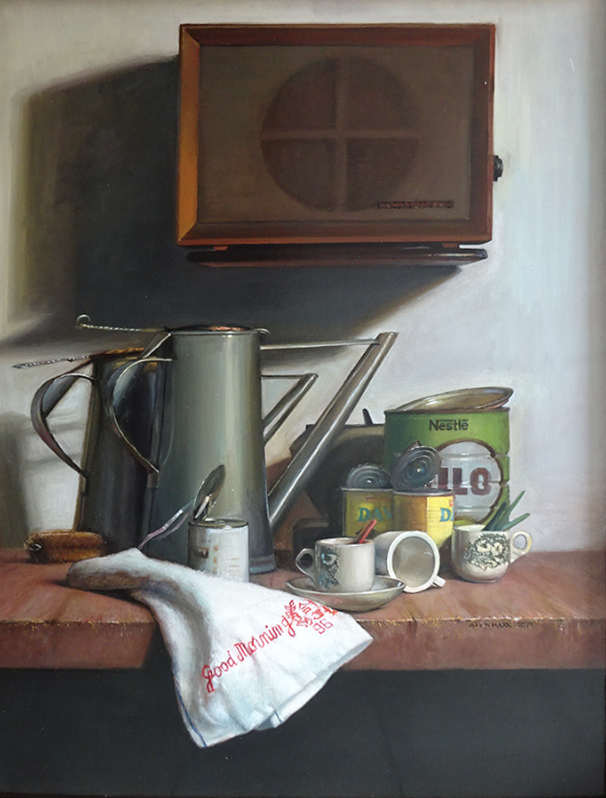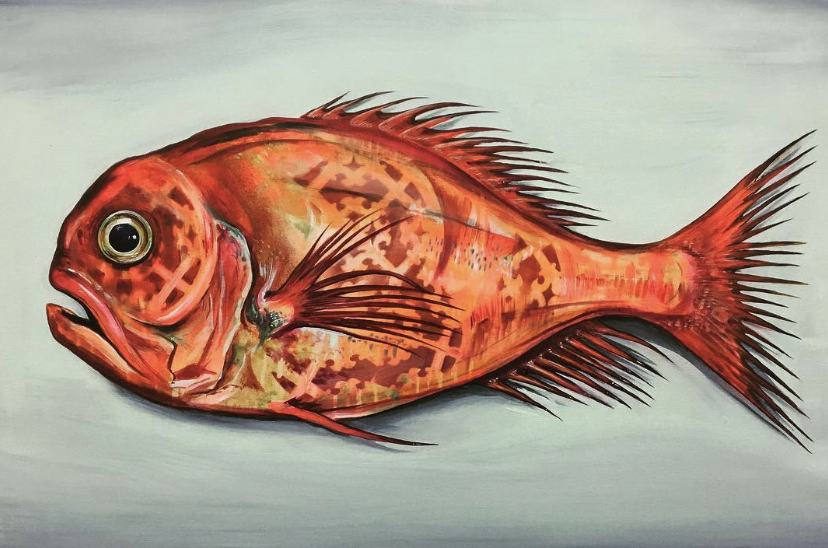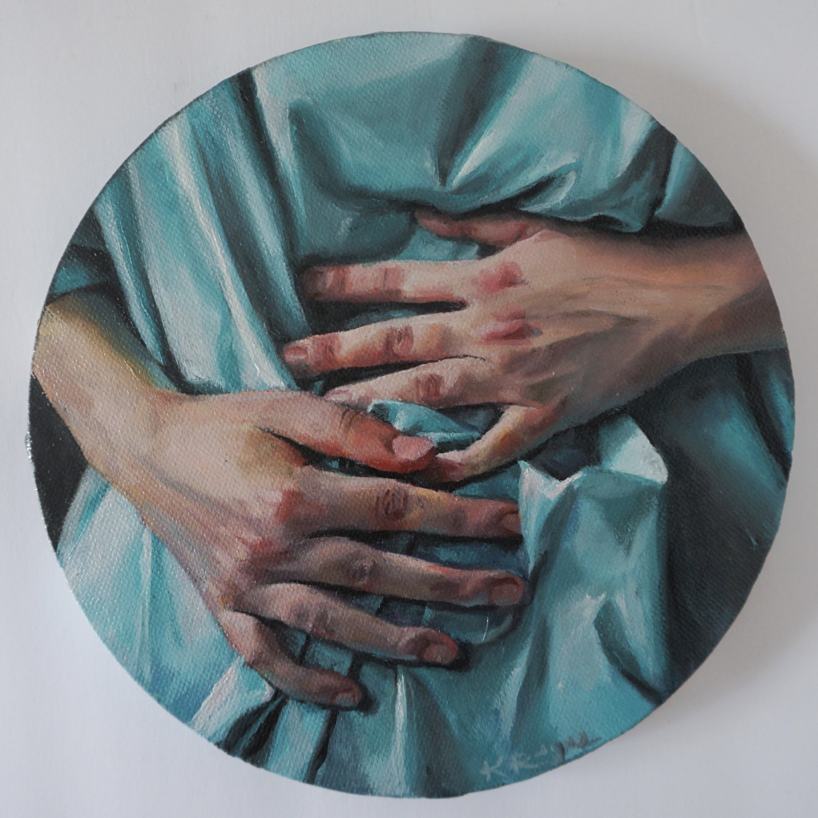
Why you shouldn’t lower your prices to win jobs!
Don’t sell cheap art! What do we mean by that? Don’t cheapen yourself or your art to win jobs. Lowering your prices to win art commissions might seem like a tempting strategy, especially when you’re just starting your art career or facing stiff competition. However, there are several important reasons why this isn’t a sustainable or advisable approach:

- Undermines your value: Lowering your prices can convey the message that your art is of lower quality or less valuable than that of other artists. This can negatively impact your reputation and the perceived value of your work.
- Cheap art devalues the industry: When artists consistently lower their prices, it can contribute to a race to the bottom, where artists struggle to make a living wage. This ultimately harms the entire art industry by setting unrealistic price expectations.
- Financial sustainability: Artistic endeavours require a significant investment of time, effort, and materials. Lowering your prices may make it difficult to cover your expenses and achieve financial stability.
- Perceived quality: Buyers often associate higher prices with higher quality. By lowering your prices, you may unintentionally suggest to potential clients that your work is inferior.

“The idea of this painting comes from the fascination that Antelope Canyon had on me.” – Artwork by Lorena, Canada. - Respect for your own work: As an artist, it’s important to have confidence in your skills and the value of your creations. Reducing your prices can erode your self-esteem and artistic integrity.
- Client expectations: If you start with low prices, it can be challenging to raise them in the future. Clients who are accustomed to your low rates may resist paying more for your work as your skills and reputation grow.

“I took 6 months for this still life. Glad to have managed to find all the props for this painting.” – Artwork by Alvin, Singapore. - Burnout: Lowering prices to attract more commissions can lead to an overwhelming workload that may result in burnout. Art should be a sustainable and enjoyable career, not one that leaves you stressed and exhausted.
- Diminished creativity: Focusing solely on price competition can stifle your creativity and limit your ability to explore new artistic directions. It’s important to prioritise artistic growth and personal expression.
- Targeting the wrong audience: Clients who are primarily motivated by cheap art and low prices may not be the best fit for your work. Building a client base that values your art for its unique qualities and artistic vision is more rewarding in the long run.
- Long-term success: Building a sustainable art career requires patience and dedication. It’s often better to invest time in marketing, networking, and improving your skills rather than resorting to price reductions as a shortcut.
Instead of lowering your prices, consider these alternative strategies to win art commissions:
- Improve your skills: Continuously work on honing your craft to create high-quality, compelling art that naturally attracts clients.
- Develop a unique style: Cultivate a distinct artistic style that sets you apart from the competition.
- Build an online presence: Establish a strong online presence through a professional website, social media, and online portfolios to showcase your work effectively.
- Network and collaborate: Connect with other artists, art communities, and potential clients to expand your reach and gain exposure.

“I remember eating Orange Roughy as a kid growing up in Tasmania Mum would serve it up to us and I would take a few bites spend half an hour pushing it around my plate until it would end up being fed to the cat” – Artwork by Damian, Australia. - Offer value-added services: Consider providing additional services like custom framing, digital prints, or personalised packaging to enhance the perceived value of your work.
- Set fair prices: Determine prices that accurately reflect the time, effort, and expertise you put into your art while also considering market trends and your target audience’s willingness to pay.
- Be patient: Building a successful art career takes time. Be patient and persistent in your efforts to gain recognition and commissions.
Lowering your prices to win art commissions may provide short-term gains, but it can harm your long-term prospects as an artist. Focus on delivering high-quality work, marketing yourself effectively, working with Book An Artist, and building a reputation that justifies fair pricing.

Check out top-rated local artists near you!
Are you an artist ? Sign Up













